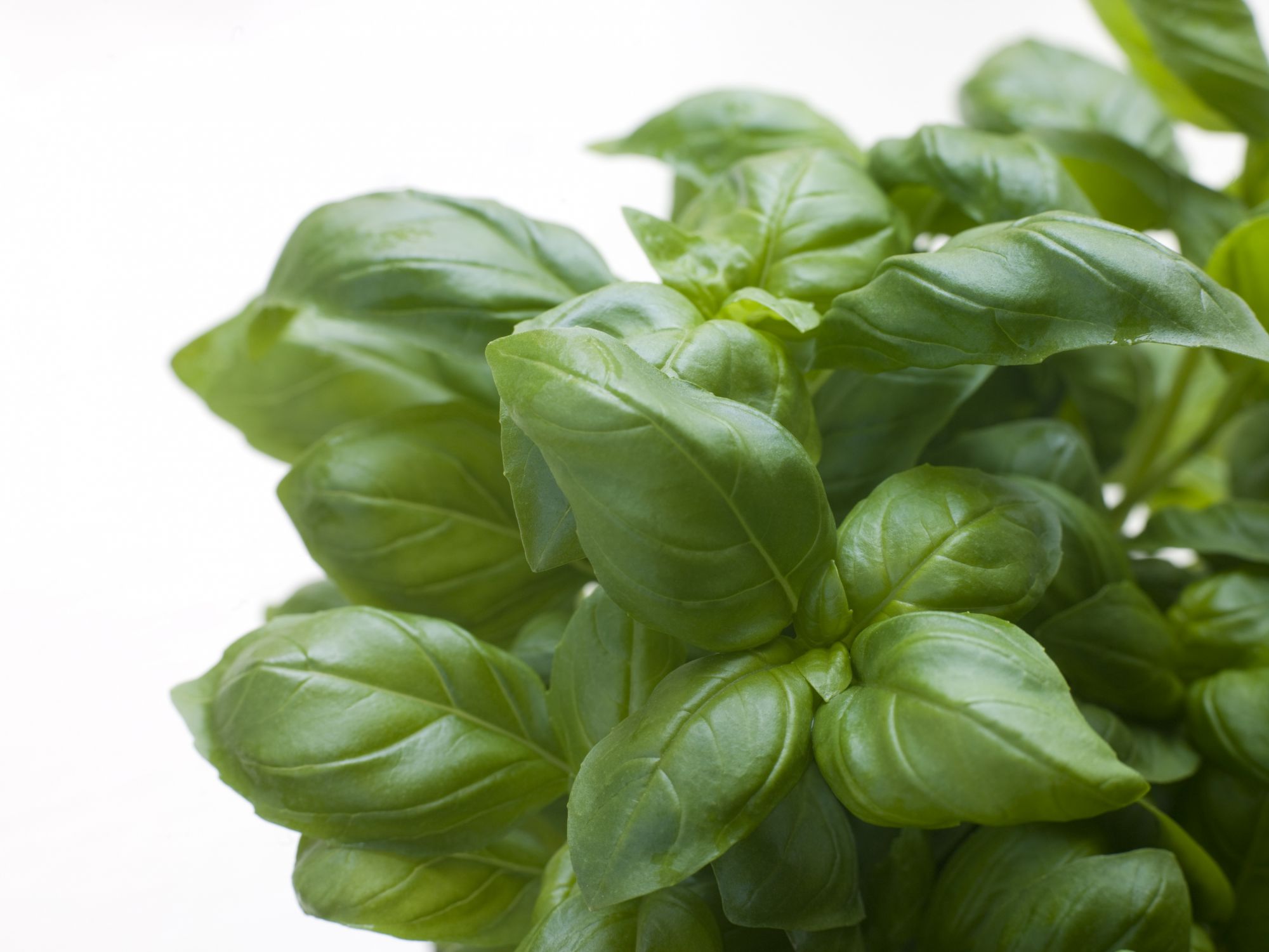-
 Bilateral
Bilateral
-
 Anthrax
Anthrax
-
 Intron
Intron
-
 Arthritis
Arthritis
-
 Social network
Social network
-
 MAC
MAC
-
 Autologous transplantation
Autologous transplantation
-
 Pulvillus
Pulvillus
-
 Greenstick fracture
Greenstick fracture
-
 Homo heidelbergensis
Homo heidelbergensis
-
 Substitution based encryption
Substitution based encryption
-
 ASIC
ASIC
-
 Topographer
Topographer
-
 Frenulum
Frenulum
-
 Pangea
Pangea
-
 Electronic message service
Electronic message service
-
 Markings
Markings
-
 Viral culture
Viral culture
-
 European sea sturgeon
European sea sturgeon
-
 Position isomerism
Position isomerism
-
 Lebanon cedar
Lebanon cedar
-
 Parotic
Parotic
-
 Air brake
Air brake
-
 Rorqual
Rorqual
-
 Immune complex
Immune complex
-
 Lesser celandine
Lesser celandine
-
 Jurassic
Jurassic
-
 Grading
Grading
-
 Promoter
Promoter
-
 Ohm's law
Ohm's law
Basil
Originally from Southern Asia, basil is a herbaceous plant about 40 cm high with an angular stem. It belongs to the Lamiaceae family, as do sage and mint, and is cultivated around the world.Basil is mostly used as an herb. It also has many therapeutic properties which have been used since Antiquity.
Basil, also called the king of herbs or even sweet basil, has opposite and fleshy leaves. After being dried, the leaves and flowery tops are used in infusions or brews.
Basil essential oil and tannin
Basil leaves containessential oil and tannins. They are also rich in calcium, phosphorous and vitamins A and C. Basil also contains betacarotene - in small quantities - and camphor.
Basil, for the digestive system
Basil is especially renowned for its antispasmodic properties, especially for the digestive tube. Its leaves are, in fact, used in infusions to soothe indigestion and loss of appetite. They are also used for their carminative properties in the treatment of flatulence and bloating. A few drops of its essence in a bath are a good way to restore physical and mental tonus. Finally, this royal herb is also supposed to be effective for some respiratory tract diseases, and in encouraging lactation.
Sources:
- Phytothérapie, la Santé par les plantes, Vidal Publisher
- Plantes médicinales>, Gründ
 Basil is used for digestive problems. © Phovoir
Basil is used for digestive problems. © Phovoir
Latest
Fill out my online form.



